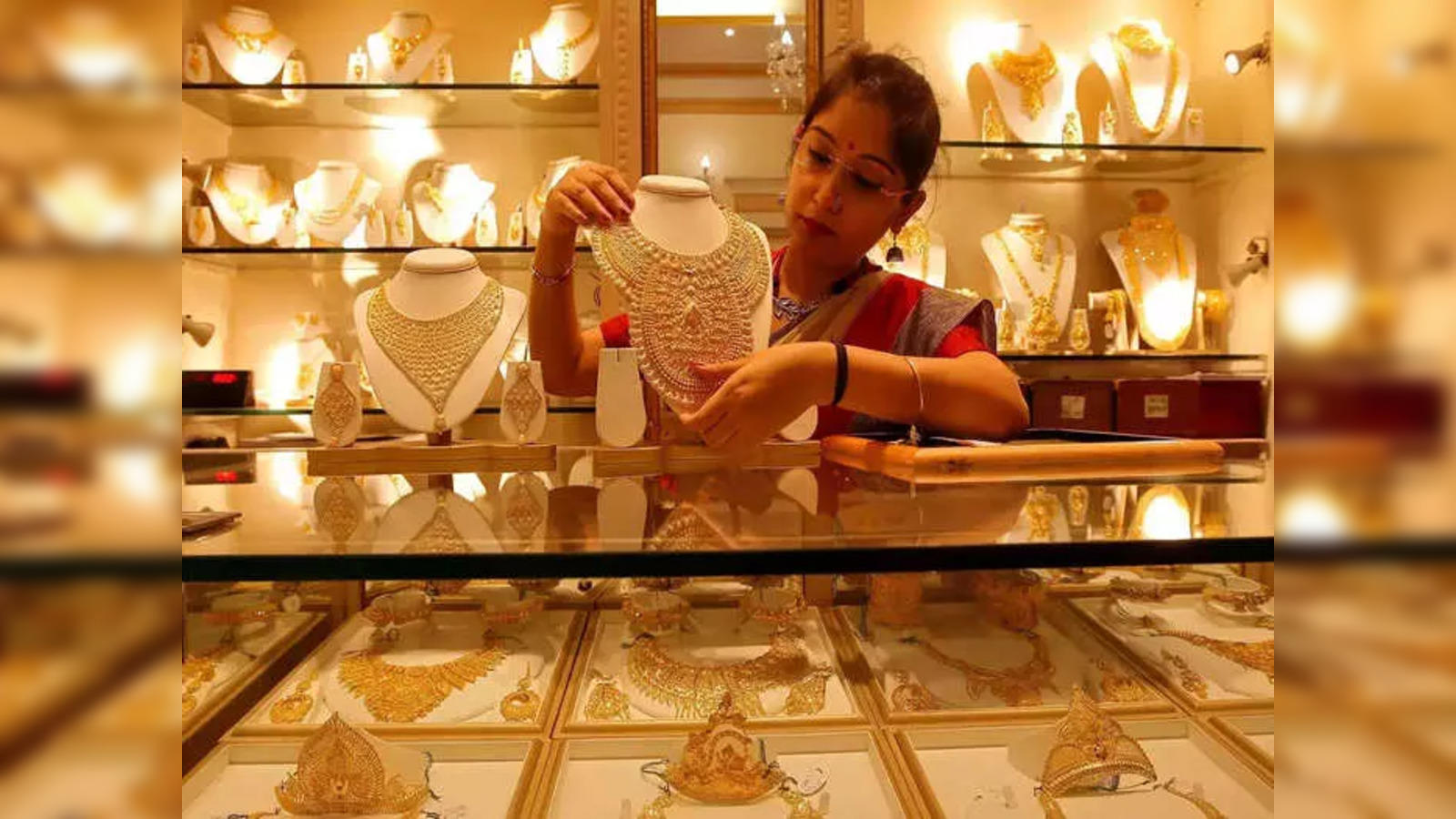Table of Contents
Introduction
Hey there! If you’ve ever marveled at a stunning piece of jewellery and wondered about its journey, you’re not alone. Today, we’re diving into a sparkling topic that’s catching everyone’s attention—recycled gold in the jewellery industry. Imagine turning old, forgotten jewellery into a brand-new, glamorous piece. Sounds like magic, right? Well, it’s not magic—it’s a growing trend driven by sustainability and environmental responsibility.
The Rise of Sustainable Jewellery
Why Sustainability Matters
Sustainability isn’t just a buzzword; it’s becoming a core value for many industries, and jewellery is no exception. As environmental concerns rise, consumers are demanding more from their favourite brands. They want to know that their beautiful bling isn’t contributing to environmental degradation or unethical practices.
The Role of Recycled Materials
Recycled materials, including gold, are at the forefront of this shift. Instead of mining for new gold, which involves significant environmental disruption, we can now reuse gold that’s already in circulation. It’s like hitting the refresh button on precious metals!
What is Recycled Gold?
Definition and Process
So, what exactly is recycled gold? Simply put, it’s gold that’s been reclaimed from old jewellery, electronic devices, and other sources. The process of recycling gold involves melting down these old pieces and purifying the metal to be reused in new jewellery. It’s like giving gold a second chance to shine!
How Recycled Gold is Sourced
Collecting Old Jewellery
The journey of recycled gold starts with gathering old jewellery. People often bring their unwanted or broken jewellery to recycling centers. This is where the magic begins, as these pieces are collected and prepared for the refining process.
Refining and Purification
Collecting and Sorting
Once the jewellery is collected, it’s sorted by type and quality. This step is crucial for ensuring that the recycled gold meets industry standards. Think of it like sorting recyclables at home—only on a much grander scale!
Melting and Alloying
After sorting, the gold is melted down and mixed with other metals to achieve the desired purity and characteristics. This process is meticulous and ensures that the final product is just as stunning as newly mined gold.
The Environmental Impact of Gold Mining
Traditional Gold Mining: A Brief Overview
Traditional gold mining is no small feat. It involves digging up vast amounts of earth, often in environmentally sensitive areas. The methods used can have significant consequences for ecosystems and communities.
Environmental Damage and Pollution
Water Contamination
One of the biggest issues with traditional gold mining is water contamination. Chemicals used in the mining process can leach into local water supplies, affecting both wildlife and human populations.
Habitat Destruction
Gold mining can also lead to habitat destruction. Forests and other natural habitats are cleared to make way for mining operations, leading to a loss of biodiversity and disruption of local ecosystems.
Benefits of Recycled Gold in Jewellery
Reducing Environmental Impact
By using recycled gold, the jewellery industry significantly reduces its environmental footprint. It cuts down on the need for new mining operations, which helps protect delicate ecosystems and reduces pollution.
Conservation of Natural Resources
Recycling gold also helps conserve natural resources. Instead of depleting the earth’s gold reserves, we’re making the most of what’s already available, promoting a more sustainable and circular economy.
Economic Advantages
Economically, recycled gold can be more cost-effective than newly mined gold. It reduces the need for expensive mining operations and can offer savings to both manufacturers and consumers.
The Process of Using Recycled Gold in Jewellery
From Scrap to Sparkle: The Refining Process
Collection and Sorting
As mentioned earlier, the first step in the refining process is collecting and sorting the gold. This ensures that only the best quality material is used in new jewellery.
Melting and Alloying
The sorted gold is then melted and alloyed. This step transforms the gold into a usable form for jewellery making. The result? Beautiful, high-quality pieces with a story to tell.
Designing with Recycled Gold
Crafting and Customization
Designing with recycled gold is both an art and a science. Jewelers can create unique, custom pieces while ensuring that their materials are sustainably sourced. It’s like crafting a bespoke piece of history!
Challenges and Innovations
While working with recycled gold comes with its challenges—like ensuring consistent quality—innovations in the field are making it easier and more efficient. New technologies and methods are helping jewelers overcome these hurdles.
Notable Brands Embracing Recycled Gold
High-End Designers
Several high-end designers are championing the use of recycled gold. These brands are setting the standard for luxury with a conscience, proving that you don’t have to compromise on elegance for the sake of sustainability.
Sustainable Jewellery Startups
Sustainable jewellery startups are also making waves. They focus on eco-friendly practices and often use recycled gold as a cornerstone of their business models. It’s exciting to see fresh, innovative approaches to sustainability in the jewellery world!
Lab diamonds are a modern marvel of technology and sustainability, offering a brilliant alternative to traditionally mined gems. Created using advanced techniques that replicate the natural conditions under which diamonds form, these gems possess the same physical and chemical properties as their earth-mined counterparts. The primary difference lies in their origin:
How Consumers Can Support Recycled Gold
Choosing Ethical Brands
As consumers, we have the power to make a difference. By choosing brands that use recycled gold, we can support more sustainable practices and encourage others to follow suit.
Understanding Certification Labels
Fairmined and Responsible Jewellery Council
Look out for certification labels like Fairmined and the Responsible Jewellery Council. These labels indicate that the gold used meets certain ethical and environmental standards, giving you peace of mind about your purchase.
Future Trends in Recycled Gold Jewellery
Technological Innovations
The future of recycled gold jewellery is bright, with technological innovations paving the way for even more sustainable practices. From advanced refining techniques to new designs, the possibilities are endless.
Increasing Market Adoption
As awareness grows, more brands and consumers are adopting recycled gold. This trend is likely to continue, making recycled gold a mainstream choice in the jewellery industry.
Conclusion
In conclusion, recycled gold is more than just a trend; it’s a meaningful shift towards sustainability in the jewellery industry. By embracing recycled gold, we’re not only giving old jewellery a new lease on life but also taking a stand for our planet. As consumers, we have the power to drive this change by supporting brands that prioritize sustainability. So next time you’re admiring a piece of jewellery, remember—its journey might just be a testament to a greener, more sustainable future.



